Design companies are constantly looking for ways to enhance their interior and exterior design projects. One popular option is to use artificial plants to add a touch of nature to their spaces. Artificial plants are a great investment for design companies because they are low-maintenance and long-lasting.
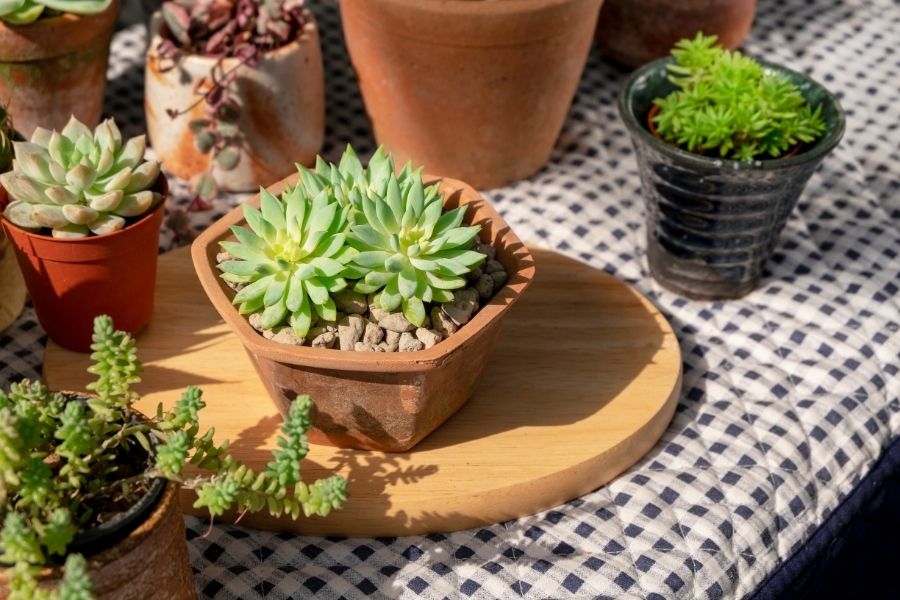
10 Artificial Plants Buying Tips for Design Companies:
With so many options on the market, it can be challenging to choose the right ones. Here are ten tips for design companies when sourcing artificial plants:
1. Consider the size and scale of the space.
Before buying artificial plants, it is essential to consider the size and scale of the space they will be placed in. Smaller plants may be better suited for tabletops, while larger plants may be needed for high-ceilinged rooms.
2. Determine the purpose of the plant.
Design companies should consider why they want to incorporate artificial plants into their projects. Are they being used for visual interest, to fill an empty space, or to create a specific mood? This can help determine the type of plant that would work best.
3. Choose the right material.
Artificial plants are made from a variety of materials, such as plastic, silk, or polyester. The material used can impact the look and feel of the plant. Design companies should choose the right material for the space and the desired aesthetic.
4. Look for realistic details

When buying artificial plants, looking for realistic details such as texture and color is essential. Realistic-looking plants can help create a more natural and inviting space.
5. Consider maintenance requirements.
One of the benefits of artificial plants is that they are low maintenance. However, some plants may require more upkeep than others. Design companies should consider how often they will need to clean or dust the plants.
6. Check for Fire Retardancy and UV Protection
Check for fire retardancy if you plan to use artificial plants in public spaces or commercial buildings. Artificial plants that meet fire safety regulations are essential for safety reasons and are often a requirement in some regions.
If you plan to use artificial plants outdoors or in a space with direct sunlight, look for plants with UV protection. UV rays can cause the plants’ colors to fade, making them look less natural over time. Plants with UV protection will last longer and maintain their natural look.
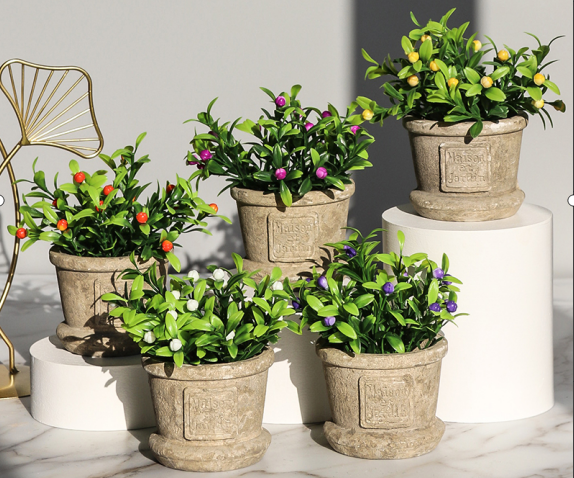
7. Choose plants that complement the design
Design companies should choose artificial plants that complement the space’s overall design. The plants should enhance the design, not detract from it.
8. Consider the lifespan of the plant.
Artificial plants can last many years, but some may have a shorter lifespan. Design companies should consider the lifespan of the plants they are considering purchasing.
9. Choose plants from reputable brands.
There are many brands on the market that produce artificial plants. Design companies should choose plants from reputable brands that are known for producing high-quality products.
10. Consider the budget
Artificial plants can vary in price, and design companies should consider their budget when making their purchases. While investing in high-quality plants is essential, it’s also important to stay within budget.
Artificial plants are an excellent investment for design companies, and there are many options to choose from. By considering these ten tips, design companies can find the right artificial plants to enhance their interior design projects.
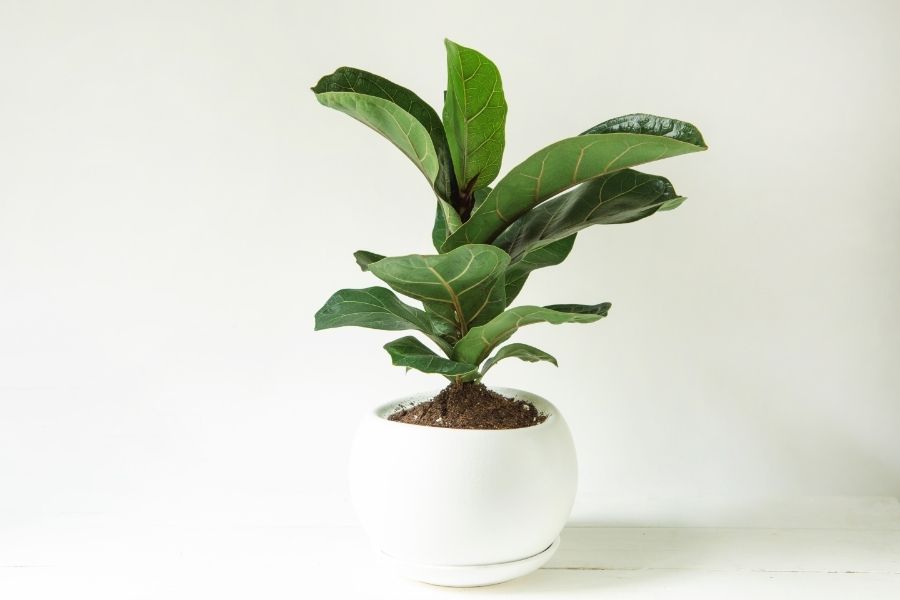
Why are Artificial Plants So Important in Design?
Artificial plants have become increasingly popular in recent years as a design element in many interior and exterior spaces. The advancements in manufacturing technology have enabled artificial plants to be produced with greater precision, resulting in a more realistic appearance. While some may argue that nothing can replace the real thing, artificial plants provide several advantages that make them an important element in design.
First and foremost, artificial plants offer a low-maintenance alternative to their real counterparts. Natural plants require regular watering, pruning, and fertilizing to maintain their health and appearance. This can be a challenge for those who may not have the time or resources to care for plants on a regular basis. Artificial plants, on the other hand, require little to no maintenance, making them a practical choice for those who want to add greenery to their space without the added responsibility.
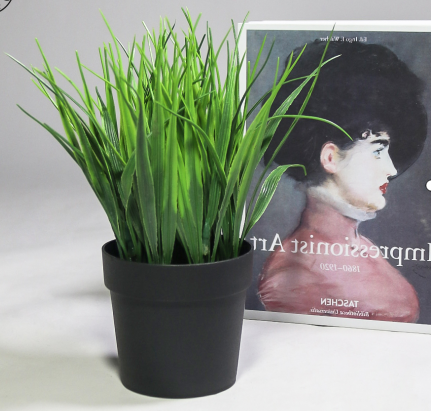
In addition to their practicality, artificial plants also provide design flexibility. Real plants are limited by their natural growth patterns and lighting requirements. Artificial plants can be placed in any location, regardless of lighting conditions, and can be shaped and arranged to fit any design concept. They are available in various shapes, sizes, and colors, allowing for greater customization in design.
Another advantage of artificial plants is their durability. Natural plants are susceptible to disease, pests, and environmental conditions such as extreme temperatures and humidity levels. Artificial plants, on the other hand, are unaffected by these factors and can maintain their appearance for years.
Artificial plants are also a great way to add a touch of nature to indoor spaces that may not have access to natural light. Many offices and other commercial spaces do not have windows, making incorporating live plants into the design difficult. Artificial plants can be used to create a natural atmosphere in these spaces without the need for natural light.
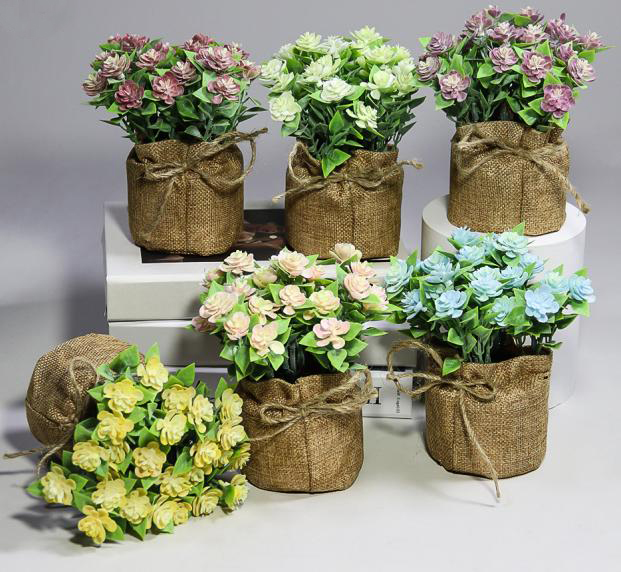
Finally, artificial plants are cost-effective for those who want to incorporate greenery into their design without breaking the bank. While real plants can be expensive, especially when considering the cost of ongoing maintenance, artificial plants are a one-time investment that can provide long-term benefits.
In conclusion, artificial plants have become an essential element in design due. Whether it’s in a residential, commercial, or outdoor space, artificial plants are a great way to add a touch of nature to any design concept.


